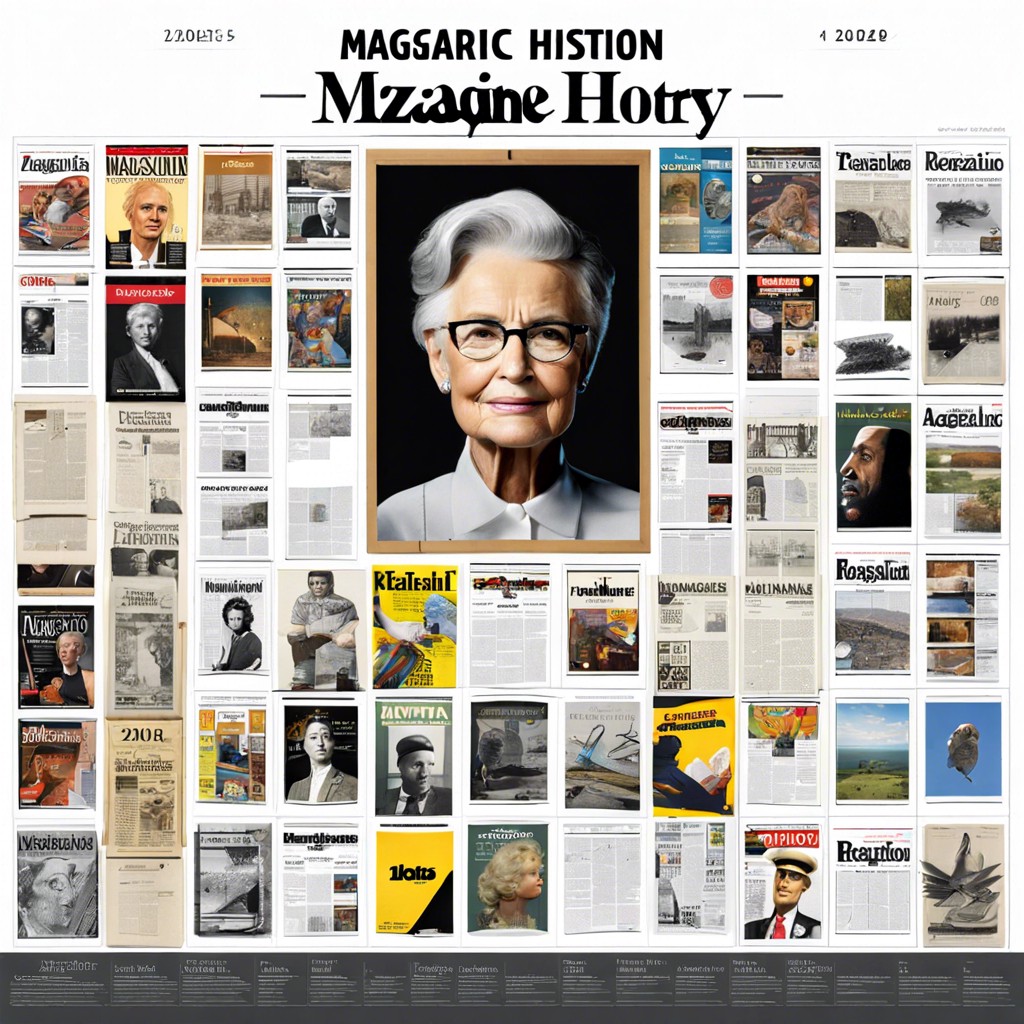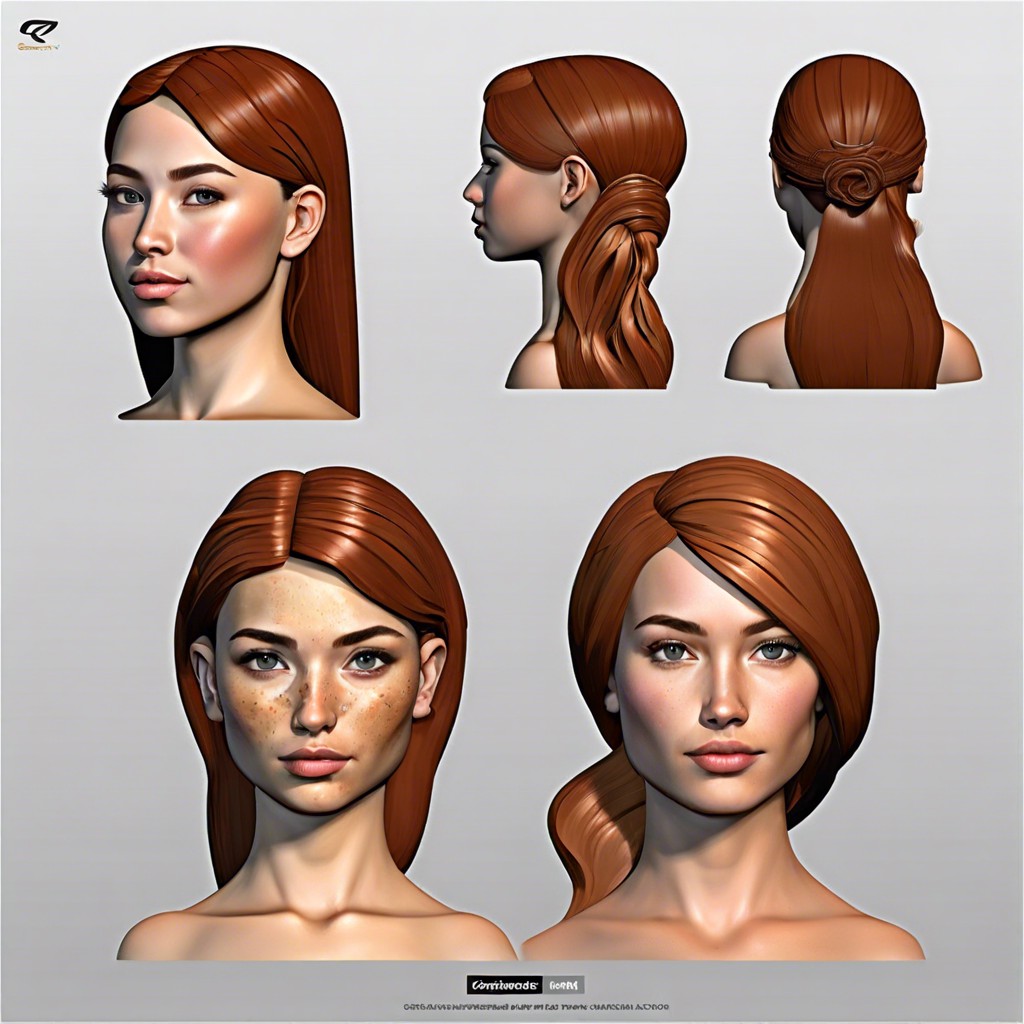Last updated on
This article provides an overview of Playboy Magazine, including its history, cultural impact, and evolution over the years.
Key takeaways:
- Playboy Magazine was founded by Hugh Hefner in 1953 and quickly gained popularity with its blend of nude pictorials, journalism, and fiction.
- The magazine’s circulation peaked in the 1970s with over 7 million copies sold monthly, but has since declined due to the rise of digital media.
- Playboy’s features include in-depth interviews with notable individuals, articles covering a variety of topics, and fiction by renowned authors.
- Playboy launched international editions tailored to local tastes, expanding its global reach and capturing diverse audiences.
- The magazine’s portrayal of women has evolved over time, with attempts to address concerns about objectification and promote female perspectives and experiences.
Publication History

Playboy Magazine, founded in 1953 by Hugh Hefner, started as a men’s lifestyle and entertainment magazine in Chicago. Initially funded with $8,000 from various investors, including Hefner’s mother, the first issue featured Marilyn Monroe and was an instant success, selling over 50,000 copies. This early triumph established the magazine’s distinctive blend of nude pictorials, journalism, and fictional pieces. Over the decades, it has grown into a global brand, with its iconic logo recognized worldwide. Additionally, Playboy’s extensive interview sections have included discussions with famous figures, from Martin Luther King Jr. to Steve Jobs, influencing public conversations on various cultural and political issues.
Circulation History and Statistics

Playboy debuted in 1953 with Marilyn Monroe on its first cover, sparking widespread attention. Initially, it sold around 50,000 copies. Rapidly gaining in popularity, by the 1970s its monthly circulation peaked, topping over 7 million worldwide. This highlighted both a booming era for print media and the magazine’s substantial influence.
However, like many print publications, it witnessed a declining trend in readership as digital media ascended. In the early 2000s, the circulation plummeted significantly.
Recent efforts to revamp its online presence have understood the changing times, attempting to blend classic appeal with modern accessibility. This transition also reflects a strategic pivot designed to captivate both longstanding admirers and newer audiences. As of late, while exact numbers fluctuate, the emphasis remains on broadening digital footprints rather than traditional print circulation.
Features and Format

Playboy is perhaps best recognized for its blend of glossy, high-quality photography featuring models, known as Playmates, coupled with intellectual content. Key elements include:
– **Interviews:** Insightful conversations with a diverse mix of celebrities, politicians, artists, and thinkers have been a staple. These interviews, often several pages long, delve into personal and professional lives, offering readers a deeper understanding of influential figures.
– **Articles:** Covering topics ranging from politics and culture to sports and entertainment, the magazine has historically delivered content that stretches beyond its provocative images.
– **Fiction:** It features fiction by renowned authors, providing a platform for literary works that often tackle contemporary issues or intriguing themes.
The layout combines these elements with artistic flair, maintaining a balance that appeals to both the aesthetic and intellectual interests of its readers. Each issue is crafted to engage, inform, and entertain, ensuring a rich reading experience.
Other Editions

As Playboy’s appeal grew, its footprint expanded globally. The magazine launched various international versions, adhering to local tastes while maintaining the core ethos of the original. These editions often featured local celebrities and models on their covers and included region-specific content alongside popular articles from the U.S. magazine.
This localization strategy allowed Playboy to capture a diverse, global audience. Each edition functioned as a standalone entity with its own editorial team, ensuring content was culturally relevant and resonated with local readers.
Moreover, these editions helped Playboy tap into new advertising markets, crucial for the magazine’s financial health, especially as print media faced increasing challenges from digital platforms.
Female Perspectives and Experiences

The portrayal and inclusion of women in Playboy have evolved over the decades, eliciting various responses from female readers and wider society. Initially, the magazine was celebrated for its boldness and liberationist attitudes during the conservative era of the 1950s and 60s. Over time, critics have voiced concerns about objectification and the impact on women’s societal roles.
Reflecting the shifting times, Playboy has made attempts to address these criticisms. Interviews with prominent women and articles on important issues affecting women’s lives started to become regular features. These moves were seen as efforts to balance its content and appeal to a broader audience, including women who appreciated the magazine’s mix of sophistication and advocacy for personal freedoms.
Moreover, the magazine has seen contributions from several notable female writers and journalists, who provided insights into feminist issues, further trying to bridge the gap between its original portrayal of women and contemporary views on gender equality. These contributions have sparked discussions and sometimes controversies, highlighting the complex relationship between the magazine’s editorial stance and the evolving gender landscape.




